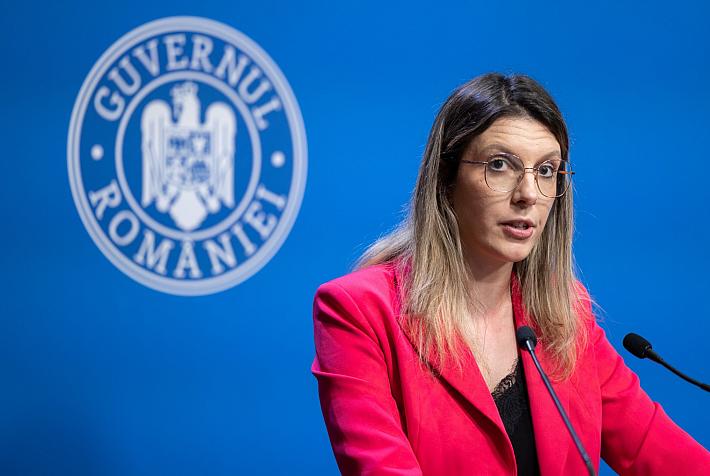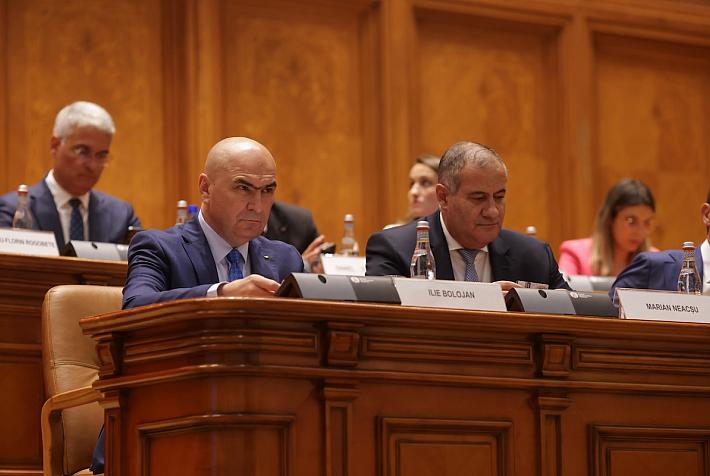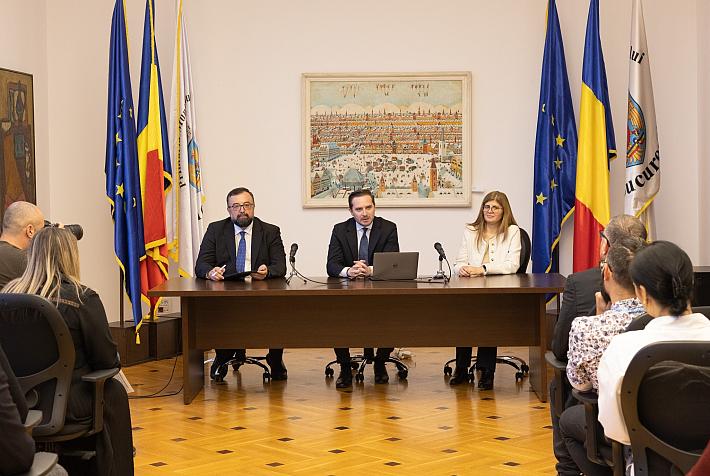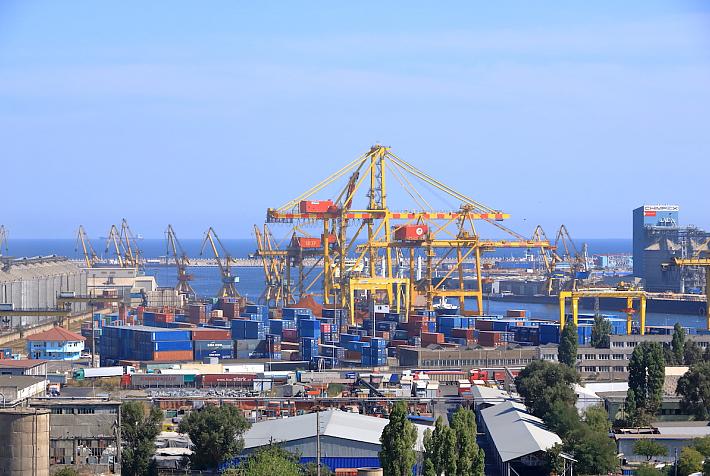Subsidies and inefficiencies increase energy costs in Romania by a quarter

Subsidies and inefficiencies of the electricity production sector distort the electricity price in Romania. These subsidies and inefficiencies, which include the high cost of lignite for thermal power plants and the overcompensation of renewable sources, are estimated to increase energy costs for the economy by 24%, according to a report on Romania’s energy sector. Consulting company A.T. Kearney did the study on Fondul Proprietatea’s request.
A fair price for electricity in Romania would be EUR 35.5/MWh, instead of the average EUR 43.9/MWh that Romanian consumers are currently paying.
The report shows that electricity demand in Romania is expected to stay flat until 2025, which translates into an annual growth of less than 1% per year. “To increase demand, successful economies are building the energy landscape on a competitive industry development master plan, but this is missing in Romania.”
Romania has sufficient capacity to meet forecasted demand by 2025, the study shows, but needs to address the inefficiencies in its energy system if it plans to become a regional player. The recent integration of Romania’s electricity market with that of Hungary, Czech Republic and Slovakia poses both challenges and opportunities.
“On the one hand, Romania will be challenged to phase out its inefficient units, generating sunk costs. On the other hand it can take the opportunity to reshape its generation park and evolve as a competitive net exporter,” explained Michael Weiss, A.T. Kearney partner.
Renewables are expected to be the most attractive energy sources from an investor perspective by 2025, based on the forecasted cost of entry, if the current level of subsidies is maintained. However, the report points out that the support scheme is already higher than needed and should be revised to minimize the risk of opportunistic investments and consumer burden.
“With rightly-sized support levels, renewables, especially biomass, can play a significant role in increasing the cost efficiency of the energy sector. Additionally, small scale energy solutions with locally integrated supply and demand (e.g. solar panels, biomass for self-consumption) are better fit than large units (e.g. coal, nuclear) to meet investor criteria and energy system needs due to higher flexibility and lower network losses,” according to A.T. Kearney.
The findings of this report show that the project to build units 3 and 4 of the Cernavoda Nuclear Power Plant is not viable right now, according to former U.S. ambassador to Romania Mark Gitenstein, who currently serves as member in the Board of Representatives of Fondul Proprietatea.
“I don’t think that we don’t need investments, but the question is where these investments are heading. After I’ve read this report, which surprised me, Cernavoda makes even less sense to me than before,” he said in a press conference.
He added that building a gas pipe that would transport the gas in the Black Sea to Europe would make more sense as a strategic energy investment for Romania.
“An integrated nation-wide energy strategy, matching the economic strategy, is essential for the growth of the energy sector and should address issues such as the current low investor confidence and uncompetitive taxes. Moreover privatizations are key to attract further funding and investments and reducing burden on state budget,” said Greg Konieczny, Fondul Proprietatea’s fund manager.
Fondul Proprietatea is a EUR 3 billion fund which manages minority stakes in some of Romania’s most important energy companies, such as OMV Petrom, Romgaz, Hidroelectrica and Nuclearelectrica.
Andrei Chirileasa, andrei@romania-insider.com












